Category: GD&T Design and Application
Articles related to design concepts or application of GD&T to engineering prints
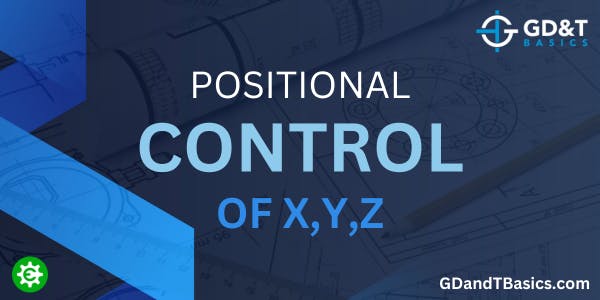
In this Question Line video, Jason discusses the positional control of the X, Y, and Z translations for a cylindrical post on the submitted drawing. He defines the datum reference frame and zero point of the part and explains why the feature control frame in question is essential to constraining where the cylinder exists vertically.
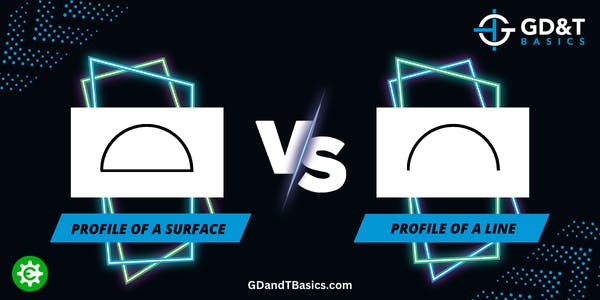
In the Question Line video, Jason walks through two examples to show the design difference between Profile of a Line and Profile of a Surface.
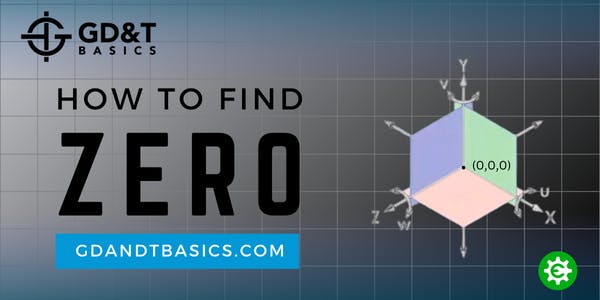
In this video, Jason shows how to find the zero, or origin, for a given feature control frame. He walks through an example drawing that utilizes a single datum reference frame, describing how the datum reference frame fully constrains the part, noting that more complex parts may utilize multiple datum reference frames, resulting in multiple origin points.
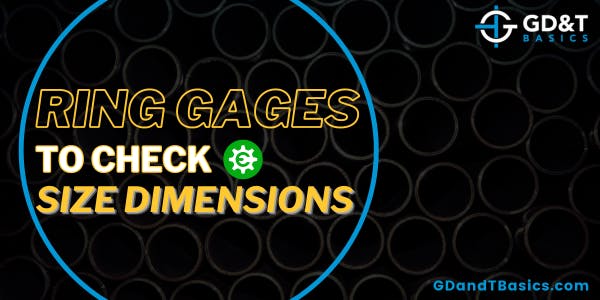
In this Question Line video, Jason reviews how Rule #1 controls the size and form of a feature of size, and what this means for ring gage design and inspection reporting.
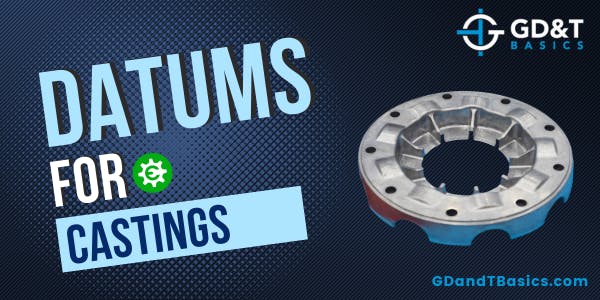
In this Question Line video, Jason discusses how datum targets, datum reference frames, and multiple datum structures can be of assistance in casting drawings.
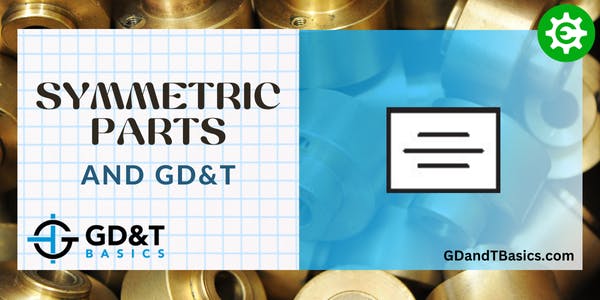
In this Question Line video, Jason walks through a user-submitted symmetric part drawing. He discusses why the drawing is incorrect and how to fix it, noting that the symmetry symbol was removed from the ASME Y14.5 standard due to common misuse of the symbol.
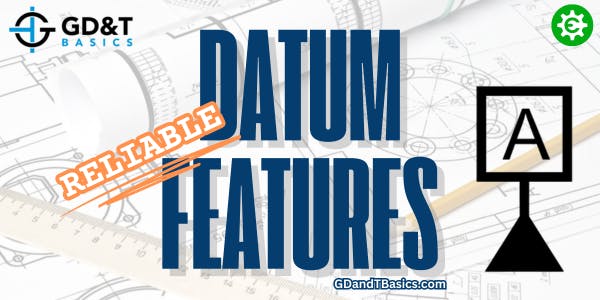
In this Question Line video, Jason discusses reliable datum features. He explains that unreliable datum features can be avoided by following the functional intent of the part and walks through two drawing examples to explain the thought process behind selecting datum features.

In this Question Line video, Brandon walks through examples for both surface straightness and derived median line straightness, explaining how to correctly apply them and discussing design and inspection considerations.
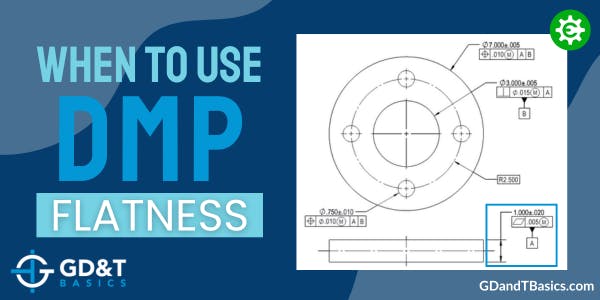
In this Question Line video, Brandon explains the application of derived median plane (DMP) Flatness and discusses its frequent misuse and potential issues when used for stacking parts. He also provides an alternative for controlling flatness for stacking or symmetrical parts.

In this Question Line video, Jason answers questions regarding datum targets and applying flatness and profile of a surface.

In this Question Line video, Jason reviews a drawing example to explain when Maximum Material Condition and Maximum Material Boundary modifiers may be applied.
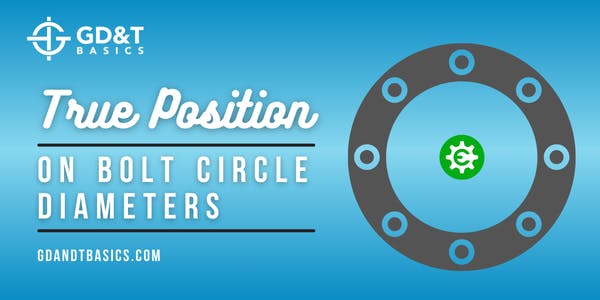
In this Question Line video, Jason walks through a drawing that includes a position control on a pattern of holes (bolt circle), explaining what the feature control frame is and is not controlling.
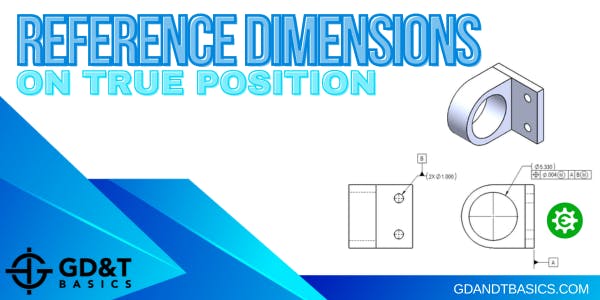
In this Question Line video, Jason walks through an assembly drawing to explain the scenario where a feature being controlled by position must have a reference size dimension rather than a tolerance on the size of the feature.
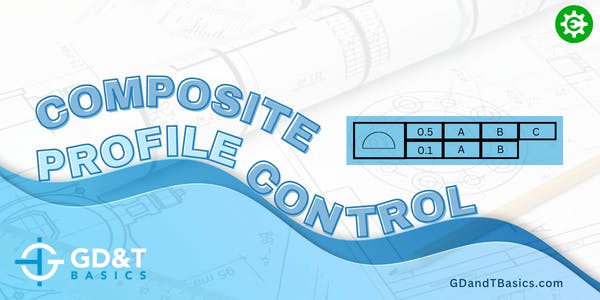
In this Question Line video, Jason discusses a composite feature control frame controlling profile tolerance. He walks through through the user submitted examples to explain the controls of each frame.

In this question line video, Jason explains how to control radial position with a composite tolerance by walking through an example of a pattern of holes on a cylinder.

The position symbol is one of the most useful symbols in GD&T - but did you realize that you can use it to allow more tolerance in one direction and less in another? In this video, Jason explains how to achieve bidirectional position control through the use of a Multiple Single Segment Feature Control Frame.

In this series, we will explore the most common errors that we see in implementing GD&T on engineering prints, and provide you with practical solutions to avoiding these pitfalls.

Geometric Dimensioning and Tolerancing, and the concept of “True Position,” originated due to a rejection of functional parts as a result of coordinate dimensioning. Let’s look at a simple assembly to illustrate why this is true, and how GD&T Position takes care of this problem.


















